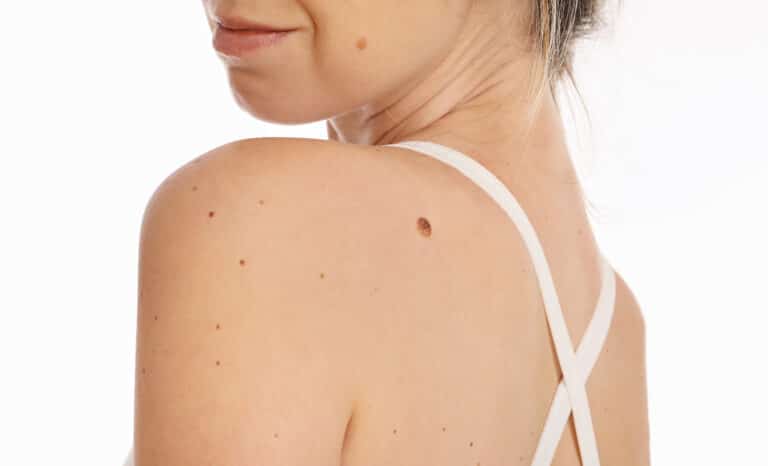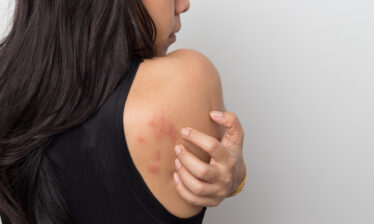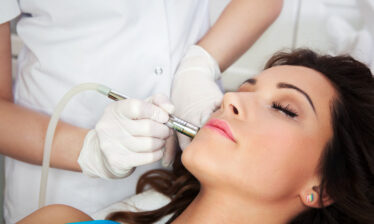Everyone’s skin changes appearance over time. Factors like sun damage, exposure to certain viruses, and aging can lead to skin conditions such as warts, skin tags, and dark patches. Your skin can also develop precancerous moles, which can have significant health risks.
Removing abnormal tissue from the skin is an essential preventative treatment for people at risk of developing skin cancer. Removing benign skin conditions like skin tags or discoloration also improves your appearance and increase confidence and self-esteem. Cryotherapy is an effective, non-invasive procedure to remove unwanted skin lesions.
How Does Cryotherapy Work?
Cryotherapy, or cryosurgery, is a procedure where a doctor applies extreme cold to a targeted area to freeze and destroy abnormal tissue. When the treated cells die, new skin replaces them without the skin tag or discoloration.
Before your appointment, your doctor will tell you how to prepare the skin. You may need to remove make-up or stop skin treatments in the days leading up to the procedure. Your doctor may offer you numbing cream. Apply it before the appointment so it has time to fully work.
Doctors may use a liquid nitrogen solution or argon gas to create the freezing effect. Cryotherapy temperature will be between -13°F and -58°F. It can benefit many skin conditions and internal surgical treatments for conditions such as liver or prostate cancer.1
Your doctor will apply the freezing solution with a swab or spraying tool. They may first numb the area to reduce any discomfort. The solution will kill the cells in the treated area. This will cause redness and blistering in the days after treatment. The blister may cover the entire removed lesion.2
As the treated site heals, the blister will drain or dry up on its own. Don’t pick at the site as it heals as this can increase the risk of infection or scarring. It will eventually scab over and heal completely in one to three weeks.3
Cryotherapy Benefits
Cryotherapy is a good choice for removing skin tags, warts, moles, or other unwanted lesions. The procedure doesn’t require general anesthesia and has a low risk of complications. The most common side effects are soreness and redness in the treated area. As with any procedure that breaks the skin, there is a small risk of infection. Your doctor will tell you how to care for the treatment site to minimize infection risks.
Most people can return to daily activities right away. Depending on the location of the treated area, you may have to limit activities like exercise or swimming. Talk to your doctor about any medications you’re taking before your cryosurgery appointment.4
Talk to a dermatologist if you want to learn more about cryotherapy for skin conditions. They can help you decide if cryosurgery is right for you.
SOURCES:
- American Family Physician: “Cryosurgery for Common Skin Conditions.”
- Memorial Sloan Kettering Cancer Center: “Cryotherapy for Skin Lesions.”
- Cleveland Clinic: “Cryotherapy.”
- American Society for Dermatologic Surgery: “Cryosurgery for Skin Growths.”






